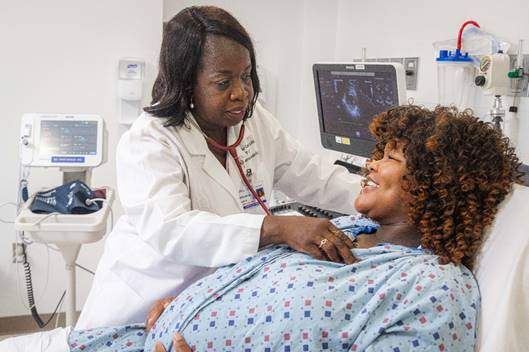A dino-mite exhibition opens to the public Monday at the American Museum of Natural History.
“Dinosaurs Among Us” – which runs through Jan. 2, 2017 – explores the fascinating connection between the captivating beasts that roamed the earth 170 million years ago and today’s birds.
All the birds fluttering around in modern times — from ostriches to hummingbirds — descend from some type of dinosaur, though scientists aren’t sure which exact species served as their common ancestor, explained Mark Norell, curator of “Dinosaurs Among Us” and chair of the Museum’s paleontology division.
The show will definitely not be a dino-bore, Norell promised: “It will send people back 100 million years in a time machine. … People are going to be amazed!”
There are lots of evolutionary similarities between dinosaurs and birds beyond the fact that both lay eggs. Some dinos had wishbones (“furculas”) similar to those found in our own Thanksgiving turkeys, and the animals also share skeletal and respiratory system similarities.
The exhibition allows visitors to design eight different dinosaurs (including the “velociraptor mongoliensis” similar to the fictionalized creation in “Jurassic Park”) and digitally launch flight-worthy creations.
Visitors can clamber up and into a full-scale model of a dinosaur nest with 20 eggs, see a brooding Citipati protecting its eggs, gawk at fossils of dinosaurs and their embryos, inspect oodles of dinosaur models and use microscopes to learn about the “growth rings” of various dinosaur eggs.
The largest dinosaur in the exhibit is the 1.5-ton Yutyrannus, which stood 23 feet tall and sported a shaggy coat of filaments called “protofeathers.” The smallest? The Anchiornis huxleyi, a theropod about the size of a pigeon, which boasted a beautiful collage of white feathers with black and an impressive crest of rust red plumes.
Scientists have made progress in intuiting the colors of some feathered dinosaurs thanks to research involving “melanosomes” — pigment-bearing sacs in cells that have counterparts in modern birds.
“The microraptor was black and iridescent — sort of like a blackbird or crow in bright sunlight,” noted Norell, who was part of the research team that determined that dinosaur’s coloration.
The show will also dispel some popular myths about avian dinosaurs perpetuated by a certain popular movie franchise.
“The velociraptor was much, much smaller,” than the towering ballistic death machines depicted in “Jurassic Park,” said Norell, who had his own idea as to what dino would steal the show.
Adults and children alike, he said, are most likely to be enchanted by “the reconstruction of the full-size tyrannosaurus. He’s connected to the birds, but not as closely related as the velociraptor.”


































